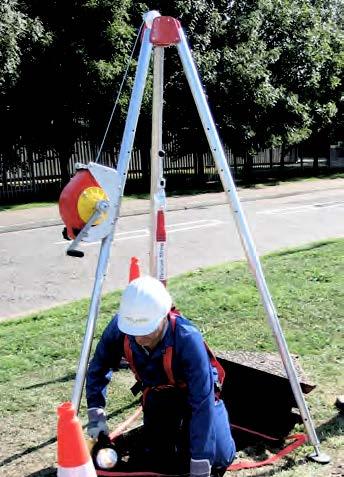It is a requirement, by law, that those people in control of a building must ensure that safe access is provided to all areas where a person is required to work, including areas where a person may fall.
Delphini utilise a wealth of experience in the design, supply and installation of Height Safety Solutions. Including permanent lifeline systems [horizontal and vertical), ladders, walkways, handrails, and safety harness anchor eyebolts.
Our unique service starts with consultation and runs right through to installation. We use our expert knowledge and extensive experience to provide advice and planning, site surveys, conceptual design, and budget costing to create a solution that is tailored to the specific requirements of each project.
We apply our expertise in creating permanent, safe systems of access to a wide range of buildings and structures. Whether you need to integrate this into a new building design or as an installation in an existing property, we have the engineering knowledge and capability to design a suitable, unique solution.
We also supply temporary height safety solutions with a range of temporary lifelines, and also supply a full range of safety harnesses lanyards and fall arrest blocks.
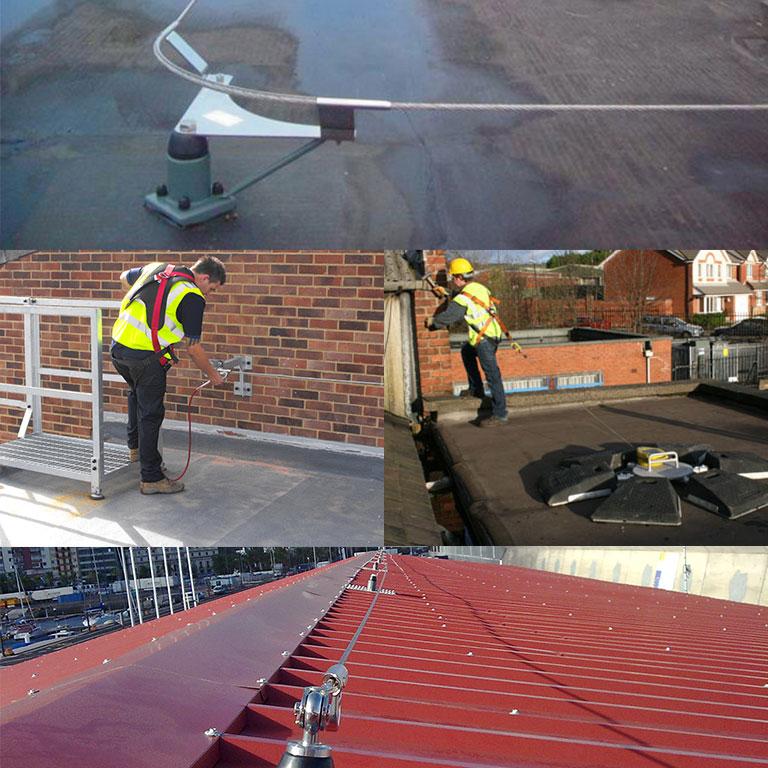
Our advice and support extends beyond the completion of the installation: we will carry out inspection and testing to meet British and European standards and regulations.
Current UK standards state that all height safety equipment must be inspected by an accredited company at no more than 6 monthly intervals (equipment for lifting persons such as abseiling, rope access and rescue equipment) and 12 monthly for all installed systems and anchor points.
Suspended access equipment has more stringent requirements that call for quarterly and 6monthly inspection as well as yearly load tests.
All of our Safety Engineers and examiners are trained and qualified to carry out all inspection and testing requirements.
EN795 anchor points must be proof load tested and inspected by a competent person every 12 months. Anchor points used for rope access and abseiling must be tested and inspected every 6months.
A roof anchor point is generally used in tandem with other height safety personal protection equipment (PPE) such as harnesses or lanyard fall protection systems. Delphini carry a full range of this equipment and also provide inspection services.
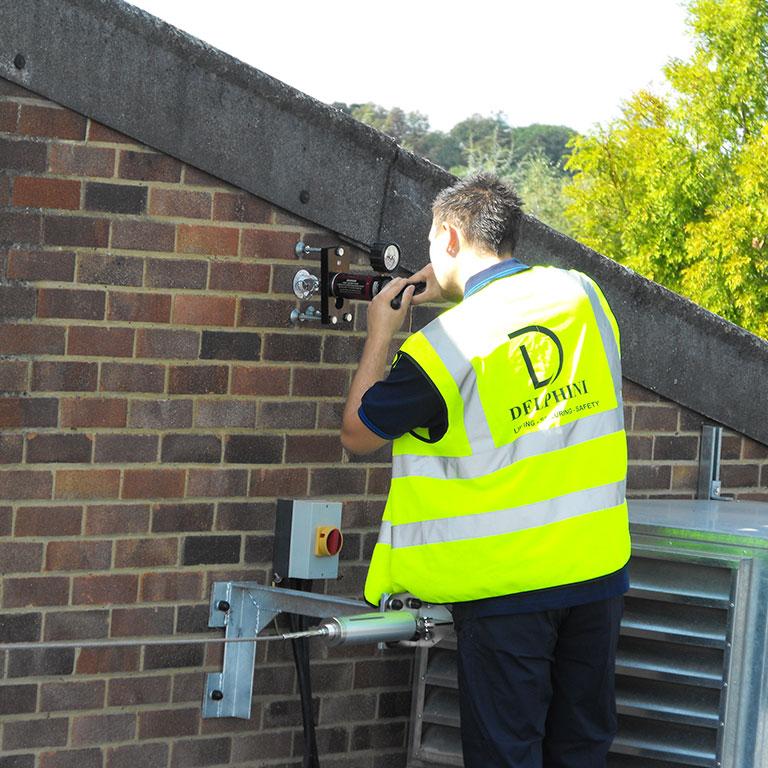
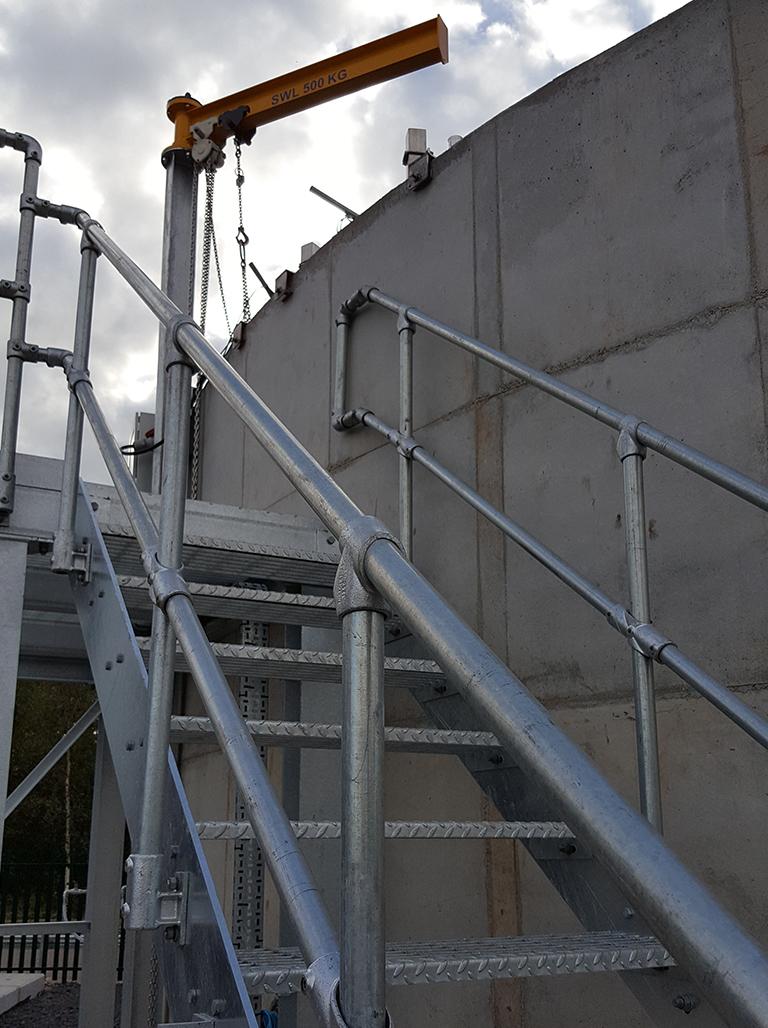
We supply and install designed, manufactured, and engineered height safety roof anchors and static line systems which provides restraint and fall arrest safety for all residential, commercial and industrial building sites. We offer a complete range of roof anchor points to a fully engineered system for any place there may be a risk of a fall. We can also design a custom system for any required scope of work including maintenance, cleaning, access and inspections when working at heights.
Ladder and Ladder Systems – We supply and install designed, manufactured and engineered ladders and ladder vertical safety lines that comply with UK Standards.
Roof Walkway Systems – We supply and install designed, manufactured and engineered roof walkway systems that comply with UK Standards.
Temporary Systems – Temporary systems are generally used in construction where fall protection is required while a particular task is carried out where a permanent system cannot be left. Delphini offer a wide range or various temporary solutions including two man webbing lines, two man rope lines, non-proprietary wire rope systems.
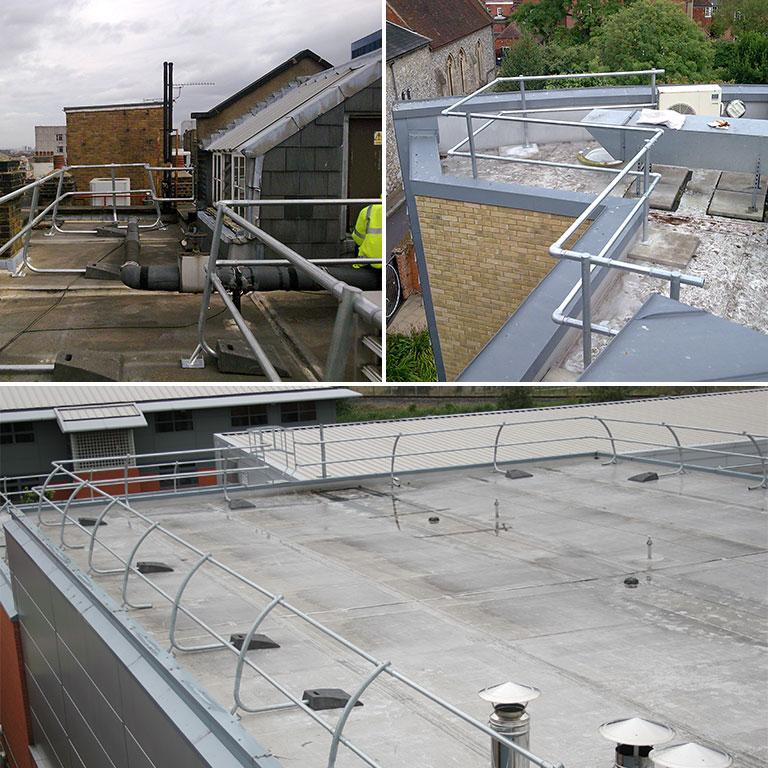
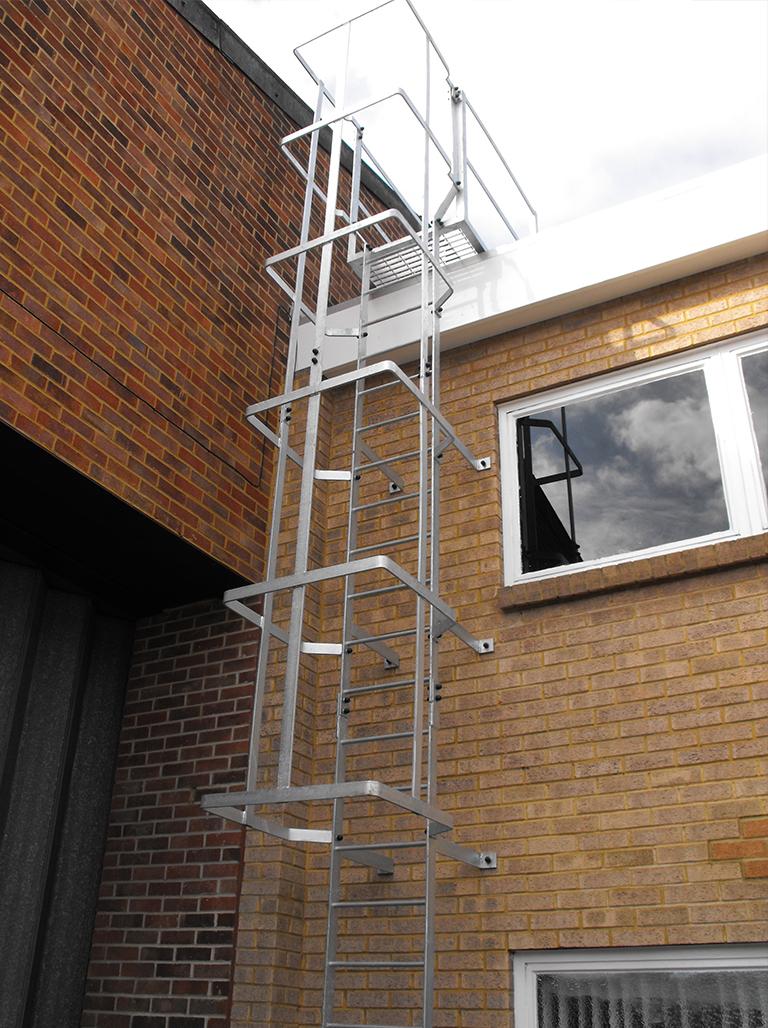
Working at heights has the potential to be extremely dangerous and the risks can be often overlooked. This may be due to workers completing tasks repetitively and assuming the control measures are more of a hindrance than a help. In addition, customers often see the cost of proprietary height safety systems as too expensive.
However, the costs and penalties associated with not having the correct safety and rescue protocols in place can be far more costly to your business if something goes wrong. Operatives can begin to act with complacency when a task is often repeated. They can forget to consider changes in the environment such as weather conditions, or other works being completed and maintenance schedules can get overlooked. Ensuring a working a height or confined space risk assessment is adequate and considers all relevant factors is extremely important, as is having a detailed rescue plan if something were to go wrong.
Delphini technical staff can conduct risk assessments, prepare rescue plans, and both advise on and install custom height safety systems.
Working at height regulations contain a specific provision to address the need for emergency and rescue procedures for such situations. In addition to a height safety or confined space plan, a rescue plan is essential for any business working in a dangerous environment.
A rescue plan is a guideline for responding to falls from height. It is intended to reduce risks to an employee’s health after a fall arrest event. The rescue plan also minimizes the amount of at-risk behaviour of the rescuer during the rescue attempt and helps to ensure that the rescue is conducted promptly in a safe and professional manner.
In addition to rescue plans, we engineer custom confined space davit for customers across the UK.
